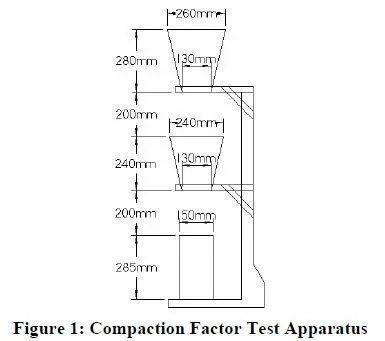Multiple devices have been developed to measure the consistency of concrete while still in a mixer. Although the testing principle and apparatus vary for each test method, the general objective of each test method is to measure continuously the consistency or slump of concrete before it is discharged from the concrete mixer. Such devices that have been patented in the United States are listed in Table 6. Although the test methods resemble rotational rheometers, they typically only measure a value related to slump, not yield stress and plastic viscosity.
As Table 6 indicates, the devices to measure the workability of concrete in a mixer have been developed over a nearly seventy-year period. One of the most recent devices, the ready mix truck hydraulic device (US patent 4,356,723; Wong et al. 2000) measures the torque required to turn the mixer on a ready mix truck and correlates this torque reading to slump. Since each truck can be different, correlations must be developed for each truck to account for differences in mixer geometries and other characteristics. The results could also be influenced by the quantity of concrete in the truck and the density of the concrete.
A separate but similar device called a plastograph (Wong et al. 2000) was used by the US Army Corp of Engineers. The device measures the flow of concrete in a concrete mixer, which is then related to slump.
Advantages:
Concrete consistency can be measured continuously while concrete is still in the mixer prior to discharge.
Unlike the delivery-chute meters, the devices that measure consistency of concrete in the mixer do not require concrete to be discharged onto a delivery chute.
Disadvantages:
The test devices described in the patent documents listed in Table 6 typically only measure consistency.
All of the devices must be calibrated to determine consistency.
Differences in mixer characteristics must be considered in using any device.
The devices measure workability of an entire concrete sample and cannot detect variations in workability within a concrete sample.

